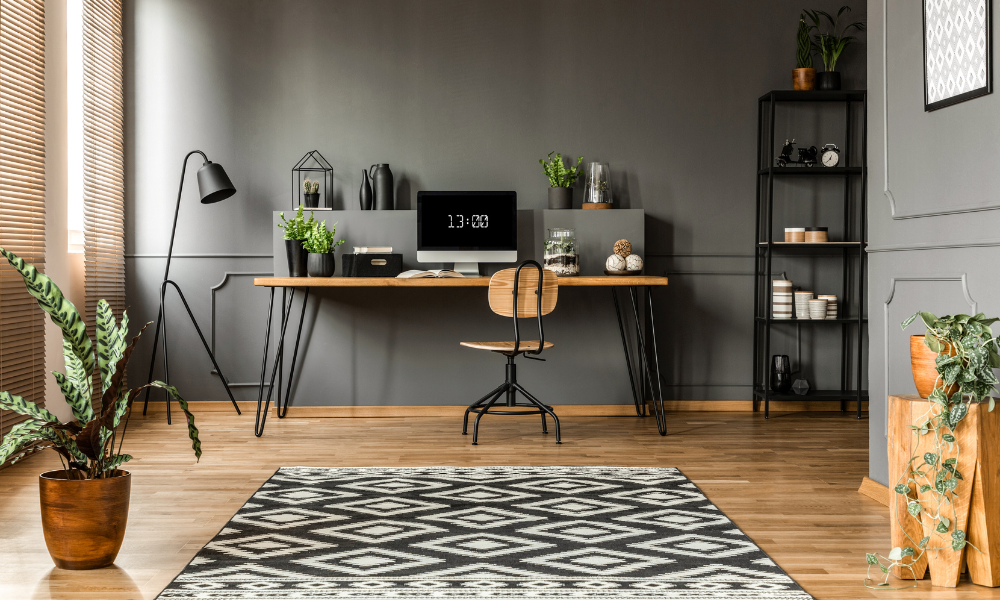We’ve reached a point in eco-friendly conversations where nearly everyone recognizes the benefits of having greenery in their office spaces. Plants offer both physical and mental benefits, enhancing the overall aesthetic of an office environment. We know this. But how do you choose indoor plants for your space? We suggest an approach that pairs the best indoor plants with the actual work you do, so that your office space and fieldwork complement each other.
In your own workplace, think about the space you work in. Is it dark, stuffy, open-concept, or plain? Adding greenery, even a small ones, can liven up any workspace by acting as a natural humidifier, blocking out distractions, adding a bit of flair to your desk, and cultivating higher levels of creativity, productivity, and overall well-being.
Bridging the Gap Between Office and Fieldwork
Now, picture this: Imagine choosing plants for your space that you are also studying and sampling in the field. Think about a team whose current research centers around testing the pH levels of soil. With plants in the office that thrive in soil similar to what is being tested in the field, technicians don’t have to rely solely on being in the field to put their research into action. This creates a seamless integration of your work environments, providing constant, hands-on access to your subjects of study.
Choosing the Right Plants for Your Workspace
When selecting greenery for your space, here are some general tips to keep in mind:
- Lighting: There’s significantly less light indoors, even if they are placed by a window. Choose ones that require low lighting, such as snake plants, pothos, or ZZ plants.
- Watering Schedule: With people coming in and out of the office, ensure there are designated individuals responsible for plant care. Align their watering needs with your availability. Succulents and cacti are great for less frequent watering.
- Humidity: Different plants require different humidity levels. Many indoor plants originate from tropical climates and need higher humidity. Consider using a humidifier or placing greenery in naturally humid areas like kitchens or bathrooms.
- Drainage: Most pots have a drainage hole, but make sure it has enough room to let water drip through to avoid overwatering. Use ceramic or plastic pots with saucers to catch excess water.
Practical Applications and Benefits of this Approach
- Increased Engagement: By making the office a living laboratory, your team members will feel more motivated and interested in their work.
- Opportunities for Training and Education: Plants don’t have to be just an aesthetic addition; you can use them for training purposes and study right at work.
- Team Collaboration: Making plant care a team project can boost collaborative efforts and strengthen bonds between coworkers.
Professional work and outside enrichment can go hand in hand through integrating fieldwork with in-office plant care. When thinking about which plant to beautify your workspace, don’t just pick a plant for aesthetic purposes; make your choice count. If you’re thinking about adding a plant to your space, bring a newfound harmony to the office and go beyond the general benefits of office plants.
Do you follow our social media?
For more information, check out our Linktree!
In other news…
About EnviroStaff
EnviroStaff is a division of LGC that focuses on making placements in the environmental industry. We build partnerships with clients to fill open positions on their team and have recruiting capabilities within multiple markets throughout the U.S. Working closely together, EnviroStaff will recruit environmental industry professionals based on your job description and requirements. By making direct hire placements, EnviroStaff can help clients save time and money often associated with recruiting.





